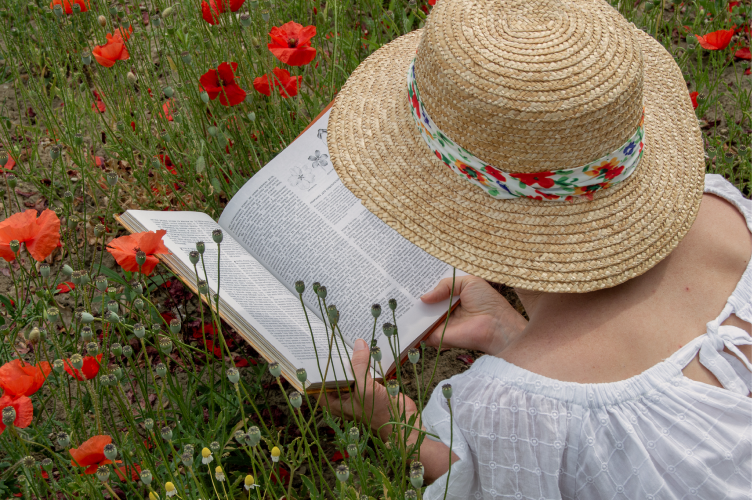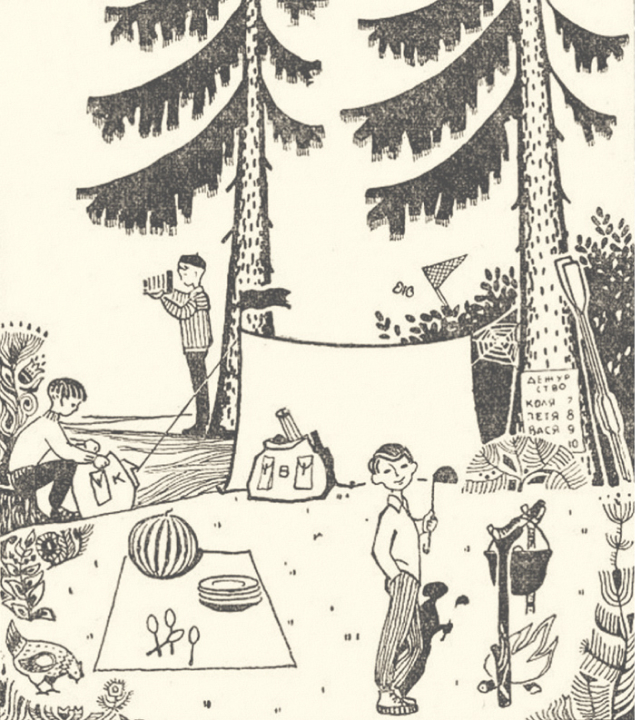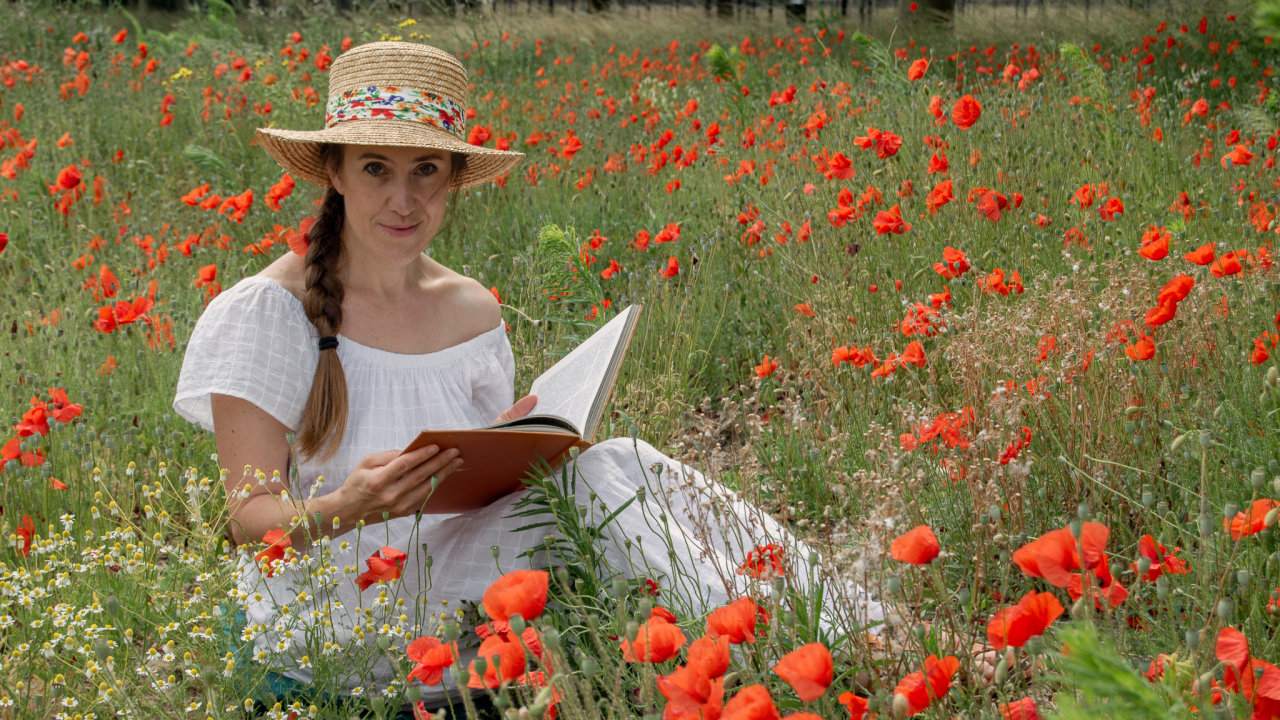Before moving on to the blog topic, I would like to express my gratitude to Vera Bazilevskaya and Anna Burkovskaya for providing the photographs.
So, the June literary salon was dedicated to Ivan Sergeyevich Turgenev’s novella “Asya.”
This story took place in 1857. After a year of inactivity, I.S. Turgenev took up the pen again. The reason was a scene accidentally observed in the German town of Zinitzke. The writer’s attention was drawn to two women: an old woman sitting on the ground floor of a small house, and a girl peering out of the window on the second floor. And from there on, it was the work of the author’s imagination.
The main theme of the novel is first love. It descended upon our heroes unexpectedly. Asya, very young and lacking both experience in dealing with the opposite sex and a female friend, poured out her feelings for the main character without reservation.
He, despite having had some love experience, was not prepared for such openness. The women he had dealt with before were already seasoned by their past.
Turgenev explores the inner world of the hero, his emotional state, and the complexities associated with his feelings – he needed to figure himself out.
Turgenev skillfully describes nature and creates an atmosphere of romance and sensuality. The author’s deep psychological insight allows the reader to better understand the feelings and motives of the characters.
The reader is immersed in a world of emotional experiences and evokes ambivalent feelings towards the hero, prompting reflections on the themes of love and destiny, which means that “love has no tomorrow.”

Creating the character of Asya, Turgenev endows her with exclusively positive qualities: honesty, openness, and the ability to love. The author holds the main heroine of the story in high regard.
As for the male characters, they leave much to be desired. Asya’s brother is an insecure young man. He wants to pursue painting but is afraid of being ridiculed.
The narrator is a young and carefree observer, lacking specific goals, not ready to make decisions and take responsibility. His behavior during the last date with Asya was unforgivable, resulting in the end of their relationship before it even began.
Turgenev uses the protagonist to depict his yearning for his homeland. Perhaps that’s why the main character noticed Asya. She represented his own, Russian world.
The hero could have made things right if he had confessed his feelings immediately, without postponing them for tomorrow, as there is no tomorrow in love. Hence, the conclusion suggests itself: each of us has at some point committed an act that we regret for the rest of our lives because it cannot be undone.
What has changed in society since then? And has it changed at all?
- Social differences: In “Asya,” one of the main factors preventing the protagonists from being together is social differences. This is a typical theme in literature of that time when class barriers were significant. In modern society, although social differences still exist, they do not always play such a decisive role in relationships. Moreover, modern relationships often overcome social and cultural boundaries.
- Freedom of partner choice: In contemporary society, individual rights to choose a partner are generally respected, and people try not to interfere in relationships.
- Gender roles: In “Asya,” the main character is shocked by Asya’s frankness. Women are expected to be more modest and not show initiative first. In our time, it doesn’t matter who takes the first step. Initiative can come from both sides.

Answers to the blog “Detectives as a Genre”:
- The victim’s name is Varvara: “Curious Varvara had her nose torn off at the market.”
- The watch was stolen by Sailor Leslie, who claimed that the flag was upside down. The Japanese flag cannot be hung upside down.
- About the tourists:
– There are four tourists in the camp: 4 sets of cutlery, 4 assigned names.
– Judging by the cobweb between the tree and the tent, the kids arrived a few days ago.
– The kids arrived by boat. There are oars next to the tree.
– The nearest village is not far. There is a chicken in the picture, which means it is somewhere nearby.
– The wind is blowing from the south. The flag on the tent shows the direction of the wind, and the tree indicates the cardinal directions: the branches are shorter on one side and longer on the other. Typically, trees have longer branches on the south side.
– Time of day: morning. Determined by the shadows cast by objects.
– Shura is catching butterflies.
– Yesterday, Kolya was on duty. Today, Kolya is looking for something in the backpack with the letter “K”, Shura is catching butterflies, and Vasya is taking nature photos (as the tripod from the camera is visible in the backpack with the letter “V”). Today, Petya is on duty.
– Today is August 8th. Judging by the list, since Petya is on duty today, the date is the 8th. And since there is a watermelon on the glade, it must be August.
Have a great summer!


